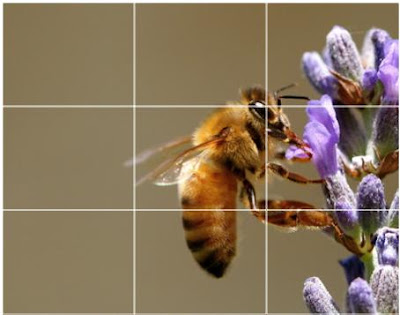 The rule of thirds ensures that all the proportion in the image is correct. The main square box in the middle is very important. The four points on the center square is very important, espeically if you want to capture and eye-catching image. Those four focal points is where the audience is always drawn to. For example, this image above shows the 4 lines drawn on leaving 9 equal parts. The audience automatically looks straight at the eye. For this particular image, it is following one of the rules of photography which I have mentioned in previous posts. (Looking the subject in the eye/eye level).
The rule of thirds ensures that all the proportion in the image is correct. The main square box in the middle is very important. The four points on the center square is very important, espeically if you want to capture and eye-catching image. Those four focal points is where the audience is always drawn to. For example, this image above shows the 4 lines drawn on leaving 9 equal parts. The audience automatically looks straight at the eye. For this particular image, it is following one of the rules of photography which I have mentioned in previous posts. (Looking the subject in the eye/eye level).Thursday, 1 October 2009
Rule Of Thirds
 The rule of thirds ensures that all the proportion in the image is correct. The main square box in the middle is very important. The four points on the center square is very important, espeically if you want to capture and eye-catching image. Those four focal points is where the audience is always drawn to. For example, this image above shows the 4 lines drawn on leaving 9 equal parts. The audience automatically looks straight at the eye. For this particular image, it is following one of the rules of photography which I have mentioned in previous posts. (Looking the subject in the eye/eye level).
The rule of thirds ensures that all the proportion in the image is correct. The main square box in the middle is very important. The four points on the center square is very important, espeically if you want to capture and eye-catching image. Those four focal points is where the audience is always drawn to. For example, this image above shows the 4 lines drawn on leaving 9 equal parts. The audience automatically looks straight at the eye. For this particular image, it is following one of the rules of photography which I have mentioned in previous posts. (Looking the subject in the eye/eye level).Camera Angles
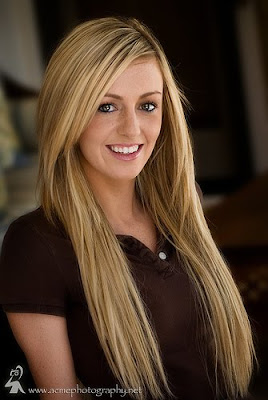
Turning your camera in different positions determines the effectiveness in your image. For example, the photograph on the right, would not have the same effect if it was taken landcscape. Something in the image has to compliment the angle, focus and distance of the overall photograph. The girl in this image has very long hair which is a complimented feature in order for the photographer to choose to take this photograph portrait. It is something that fills the whole image.
Focal Points
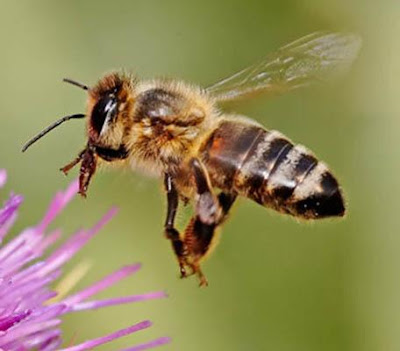
The only part of the image that needs to be in focus is the subject your basing your photograph on. The focus needs to be locked in. In this photograph on the left, the honey bee is main focal point in the image. The audience knows this because the bee is very clear, very sharp and the background is not something we can identify. The background is blurred, allowing our eyes to move directly onto the honey bee. This technique can be used on every subject you want to put in the image. Depending on the distance that your image is taken, it can be very hard to capture the same amount of focus on the camera on both your subject and the background.
Positioning
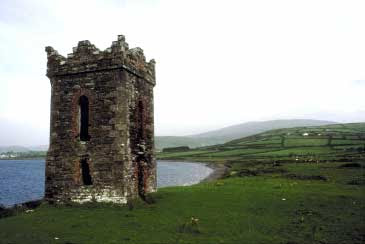
Center imagery is great for a person, but for capturing a landscape image, it is best to capture the main pat of the image on either the left or the right. The picture can be brought to life but allowing the viewer to see the other surroundings. By doing this, the viewer can focus on everything in the image but not be distractd from the main focal point, which in this case would be the building.
Zooming In
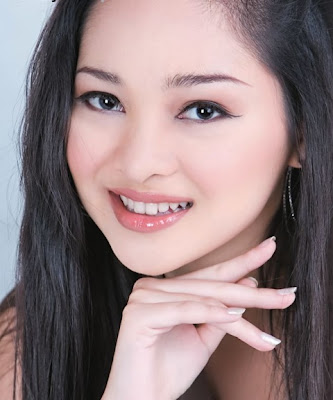
Although certain shots may be needed for different types of media (Magazines, News Articles etc), it can be very effective to zoom in on the subject. This photograph on the left has been zoomed in to capture the emotions/expressions on the face. The image is very clear/sharp. Normally the technique of zooming in can only be done effectively with very small/medium sized objects. The pciture has to be filled, but it has to be with the correct proportion. Zooming in caputres a lot more detail. Getting too close can make the pictures seem blurry or be very hard for the viewer to focus on. The photo to the left is a perfect example of how to capture a zoomed in photo.
Lighting
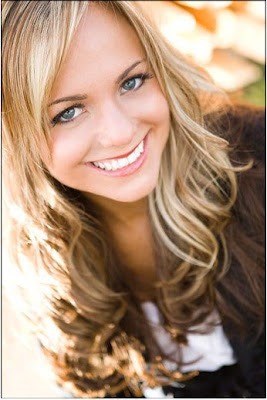 If your photograph is going to be taken outside, the bright sun can leave a dark shadow on the subject you want to focus on. Instead, I can focus on using flash outdoors to brighten a persons face, for example, just like the photograph on the left. By using natural sunlight and combining with a flash, the person's face can become more alive and look much fresher and leave a really nice effect. The photo is also much more sharp. This technique may not always work. If outside seems cloudy but there is plenty of brightness, the effect can still be the same.
If your photograph is going to be taken outside, the bright sun can leave a dark shadow on the subject you want to focus on. Instead, I can focus on using flash outdoors to brighten a persons face, for example, just like the photograph on the left. By using natural sunlight and combining with a flash, the person's face can become more alive and look much fresher and leave a really nice effect. The photo is also much more sharp. This technique may not always work. If outside seems cloudy but there is plenty of brightness, the effect can still be the same.
Backgrounds
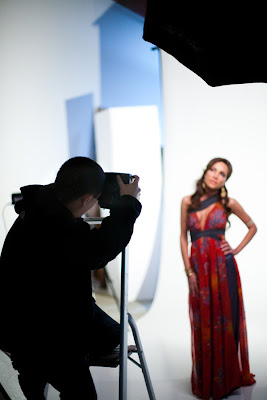 Depending on what kind of image you are capturing, it can be very effective to use a plain background. By doing this, the viewer can focus on the subject and not be distracted by many other people/buildings etc. Nothing can interact with the main focal point. Something is soft, easy on the viewer's eyes is the kind of background that needs to be on an effective photograph.
Depending on what kind of image you are capturing, it can be very effective to use a plain background. By doing this, the viewer can focus on the subject and not be distracted by many other people/buildings etc. Nothing can interact with the main focal point. Something is soft, easy on the viewer's eyes is the kind of background that needs to be on an effective photograph.
Subject Looking At The Camera
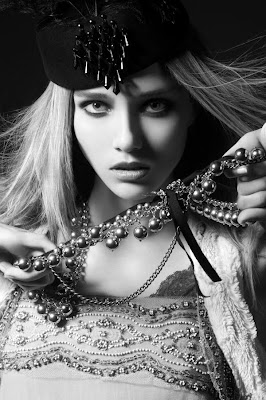
When taking a photograph, I have learnt that it is important to capture the image with the subject looking directly at the camera. Having direct contact is very engaging, it has a much more powerful effect. By capturing a photograph on the subject's eye-level, it is a more personal feeling for the viewer, it is much more inviting and gives you the sense of being pulled into the picture.
Subscribe to:
Comments (Atom)